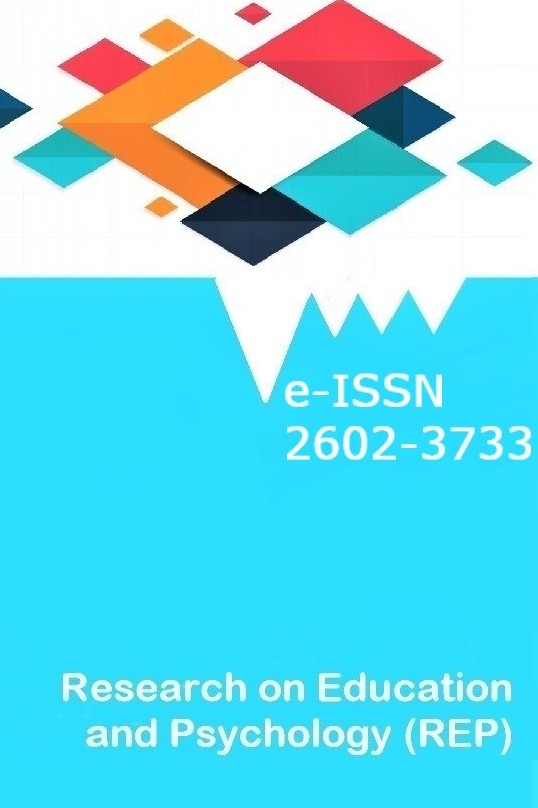Fractal Curriculum: A Trend in Curricular Reform
Fractal Curriculum: A Trend in Curricular Reform
The purpose of this study is to introduce a curriculum called fractal curriculum that is being implemented at Indian Institute of Technology Hyderabad (IITH), one of the chain of 23 elite institutes in India. This article was brought together by introducing the existing system of higher education in India, defining the fractal curriculum and describing it. This fractal curriculum allows a more flexible approach to teaching, by introducing students to open-ended research projects early on in their undergraduate education. This curriculum design encourages students to compose their own curriculum to better match their interests and passion. It further fosters a greater breadth of knowledge within students. In addition, this type of curricular design also allows learners to become life-long learners by motivating them to gain knowledge in subjects of their interest
___
- All India Council for Technical Education. (2017). Retrieved from https://www.aicte
- india.org/education/institutions
- Annual Reports. (2017). Retrieved from https://www.iitsystem.ac.in/?q=annualreport/pview
- Barber, M., Donnelly, K., Rizvi, S., & Summers, L. (2013). An avalanche is coming: Higher education and the revolution ahead. London: Institute for Public Policy Research.
- Caena, F., & Margiotta, U. (2010). European teacher education: A fractal perspective tackling complexity. European Educational Research Journal, 9(3), 317–331.
- Davis, B., & Sumara, D. J. (2000). Curriculum forms: On the assumed shapes of knowing and knowledge. Journal of Curriculum Studies, 32(6), 821. External Peer Review (2017). Retrieved October from https://www.iitsystem.ac.in/?q=externalpeerreview/publicview
- Fowler, D. (1996). The fractal curriculum. Fractal Horizons: The Future Use of Fractals, 17–34. Fractal Academics. (2017). Retrieved from
- https://www.iith.ac.in/index.php/2016-10-24-10-28
- /somethingfirst-fractal
- Goff, K. E. (1998). Chaos, collaboration, and curriculum: a deliberative process. Journal of Curriculum & Supervision, 14(1), 29–42.
- IITH. (2017). Retrieved from http://tlc.iith.ac.in/about.html
- IITs. (2017). Retrieved from https://www.aicte-india.org/education/institutions/IITs
- Inside Higher Ed. (2017). Retrieved from https://www.insidehighered.com/blogs/world-view/who-gets- india%E2%80%99s-iits
- Kiraly, D. (2012). Growing a project-based translation pedagogy: A fractal perspective. Meta : Journal Des Traducteurs Journal, 57(1), 82–95.
- Sebaly, K. P. (1973). The assistance of four nations in the establishment of the Indian Institutes of Technology, 1945-1970 (Doctoral dissertation). Retrieved from ProQuest Dissertations and Theses database.
- Subramanian, A. (2015). Making Merit: The Indian institutes of technology and the social life of caste. Comparative Studies in Society and History, 57(2), 291–322.
- Vaish, V. (2010). Globalization of language and culture in Asia : The impact of globalization processes on language. London: Continuum.
- Yayın Aralığı: Yılda 4 Sayı
- Başlangıç: 2017
- Yayıncı: Bülent DİLMAÇ
Sayıdaki Diğer Makaleler
Fractal Curriculum: A Trend in Curricular Reform
